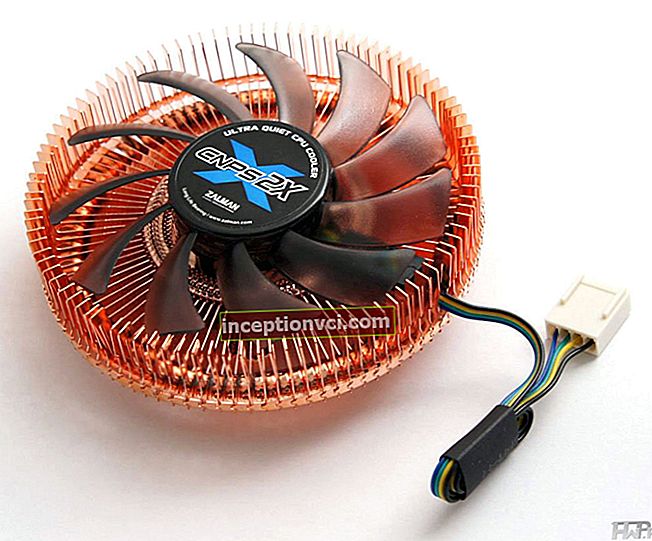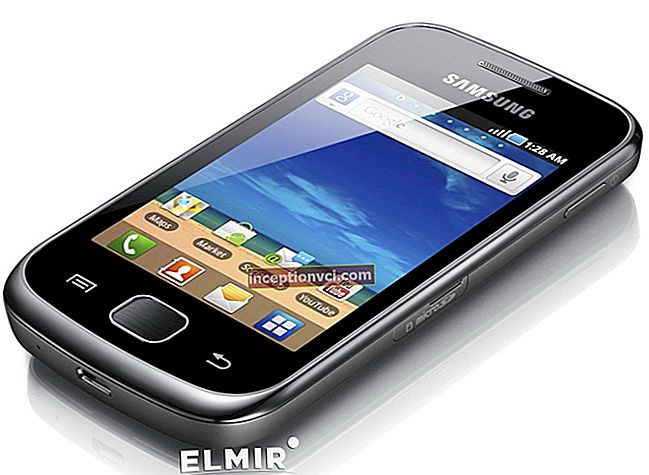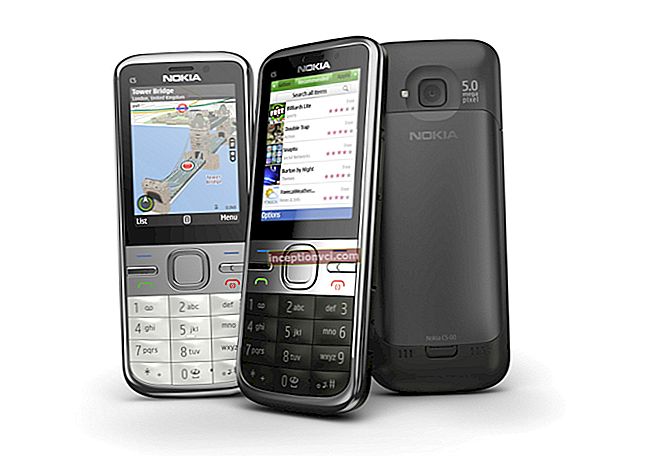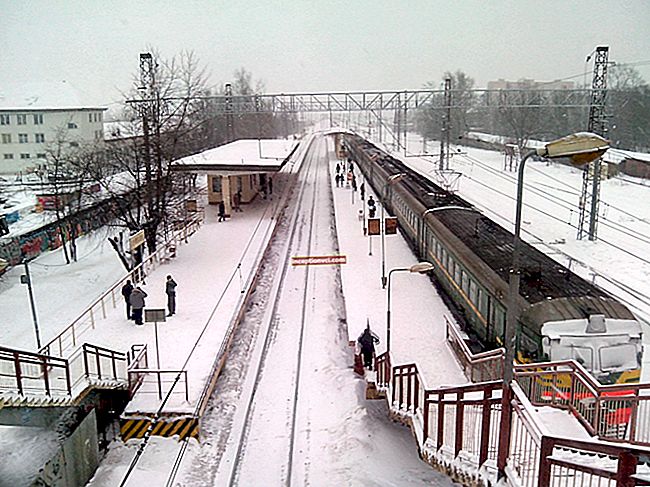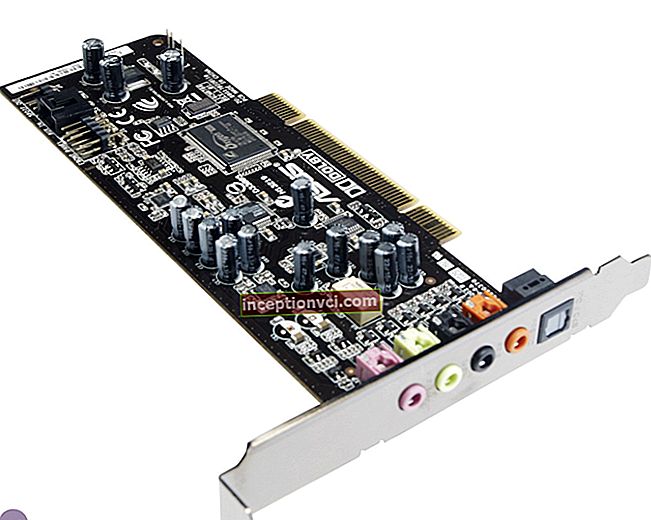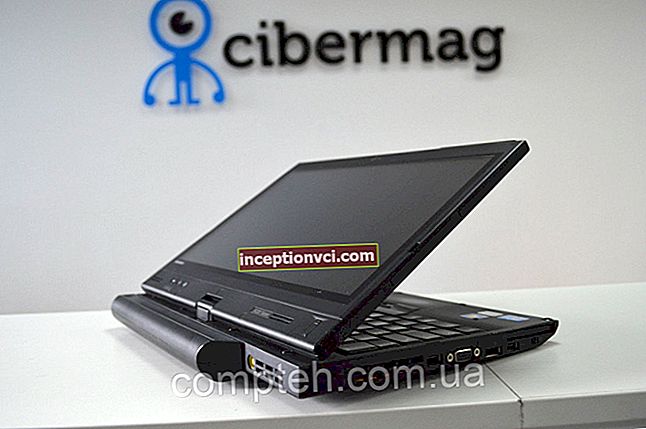In recent years, the segment of inexpensive standard focal length zoom lenses has been occupied by the Tamron SP AF 17-50 f / 2.8 XR Di II LD Aspherical [IF]. it has a very attractive price / quality / performance ratio for the consumer.

Sigma, in an attempt to gain market share, has released a similar lens with mounts for Nikon and Canon cameras:
- Sigma AF 17-50 f / 2.8 EX DC OS HSM Nikon F;
- Sigma AF 17-50 f / 2.8 EX DC OS HSM Canon EF.
As well as cameras from Sony, Pentax and, of course, Sigma.
Characteristics | |
Focal length | 17-50 mm |
Minimum aperture (f-stop) | 22 |
Lens construction | 17 elements (2 ED lenses) in 13 groups |
Aperture blades | 7 |
Closest focusing distance | 0.28 m |
Dimensions (diameter x length) | 83 mm x 92 mm |
Weight | 565 gram |
Filter setting size | 77mm (does not rotate) |
Approximate price, $ | 690 |
Acquaintance
When it comes to the image quality of APS-C DSLR cameras, almost every photographer knows that a good lens is more important than an expensive camera.

Every inexpensive SLR camera comes with a kit lens with a versatile 18-55mm focal length range. With it, you can shoot absolutely everything (landscapes, portraits and groups of people). But the quality of photographs of such a standard lens, as a rule, does not satisfy a novice photographer, so he gets another lens (prime or zoom) with the focal length he needs. But the need to buy a better quality lens with a focal length, like a "whale" one, comes more often from professional photographers.
Whale lenses typically offer a maximum aperture of f / 3.5 at 18mm and f / 5.6 at 50mm or 55mm. The quality of materials and workmanship of such devices is rather low. They are often made from cheap plastic and inexpensive lenses.

In contrast, the Sigma 17-50 mm f / 2.8 has excellent build quality and performance. The unit is specially designed for use on SLR cameras equipped with an APS-C sensor. It looks much larger and more solid than a standard lens.
The focal length of the lens in the equivalent of a full-frame camera is 27-80mm. Equally important is the fact that it delivers a fast f / 2.8 aperture throughout the entire focal length range. This will not only allow you to shoot at faster shutter speeds, but also in low light. A standard fixed aperture zoom lens is also very useful as a creative tool for creative photography.

The Sigma 17-50 mm f / 2.8 offers a wider range of options than standard lenses. But its price, of course, is much higher.
This is a pretty heavy lens. It weighs 565 grams without the lid. The abbreviation "EX" means the lens belongs to Sigma's professional line of lenses. This is evidenced by the gold-plated lettering on the body, as well as the stylish matte lens barrel. Taking it in hand for the first time, you immediately feel the quality and goodness.
The lens barrel, zoom and focus rings are made of high quality plastic. It is strong enough to withstand bumps and scratches. The build quality of the Sigma lens is good.

The zoom and focus rings are very smooth. They are pleasant to the touch and have a ribbed structure. This facilitates the operation process. Note that the focusing ring is connected to the autofocus mechanism, so it rotates during the autofocusing process. This is somewhat disappointing as the lens is quite expensive.
A special switch is installed on the lens barrel that blocks lens expansion beyond 17mm. There are also two switches for focusing and optical stabilization.
The case is not protected against moisture and dust, so protect it from direct contact with water, sand and dirt.
Lens length 92mm when folded.At its maximum focal length, it expands to 113mm. Compared to a standard 18-55mm lens, it can seem quite large.

The lens has a mono design (one retractable inner tube). It consists of 17 elements in 13 groups, including two low dispersion (FLD) lenses that enhance contrast and image clarity around the edges. The front element does not rotate, so you can safely install polarizers and a variety of filters.
A somewhat simplified version of the hypersonic motor (HSM) autofocus is implemented on the lens. But even with it, the lens works quickly and almost silently. The process is a little slower in low light conditions. Manual focusing is a little difficult because the rotation angle of the ring is only 30 degrees. You need to be very precise to focus successfully.
The main innovation is, of course, the 4-stop optical stabilization system (OS). It works very effectively and will be useful when shooting in motion or strong shaking. Only 3 stages of stabilization actually work.
Shooting
Distortion
Image distortion is fairly common with zoom lenses at this focal length. At a focal length of 17 mm, pronounced barrel distortion (2.9%) is visible and slightly less at longer focal lengths.

Vignetting
The vignetting effect is most pronounced at a focal length of 17 mm. At 24mm and 35mm, vignetting is less noticeable. At 50 mm, the effect is felt again.
MTF (resolution)
The Sigma lens has impressive performance. Excellent sharpness and clarity are achieved in the center of the image. Border quality is excellent too, but the corners are unfortunately a little blurry at near and medium focal lengths. The field curvature is minimal over the entire range. At a focal length of 50mm, there is a slight loss of sharpness throughout the frame.
Chromatic aberration
Thanks to the low dispersion elements, chromatic aberration is very well controlled. But this does not mean that they do not exist at all. Lateral aberrations (colored shadows in contrasting transitions) are well controlled, including at a focal length of 17 mm. The average width of chromatic aberrations at the border ranges from 1px to 1.2 px.
Bokeh
The Sigma is a relatively fast lens thanks to its f / 2.8 maximum aperture. The background blur quality is quite decent for such a lens. Bokeh quality deteriorates slightly at close focal length.

Sample photos
ISO 200, 17.0 mm, f / 2.8, 1 / 1600s

ISO 200, 50 mm, f / 2.8, 1 / 1600s

Conclusion
The Sigma AF 17-50mm f / 2.8 EX DC HSM OS is a competitive zoom lens for APS-C cameras. It is currently the best Sigma product in this segment.
It has a constant f / 2.8 aperture, which will expand your creative possibilities. Fast and quiet autofocus allows you to focus almost instantly, and optical image stabilization helps to avoid blur, even when shooting on the move. The presence of low dispersion lenses virtually eliminates chromatic aberration. The bokeh quality is much better than most of the competition.
But the lens cannot be called flawless either. He has some problems with vignetting and sharpness in the corners. Full manual focus (FTM) is also missing.
It's safe to say that it will completely replace your kit lens.
